Intelsat orders small GEO satellite from 3D printing specialist
Original Publication Date: 2022-11-07 20:34
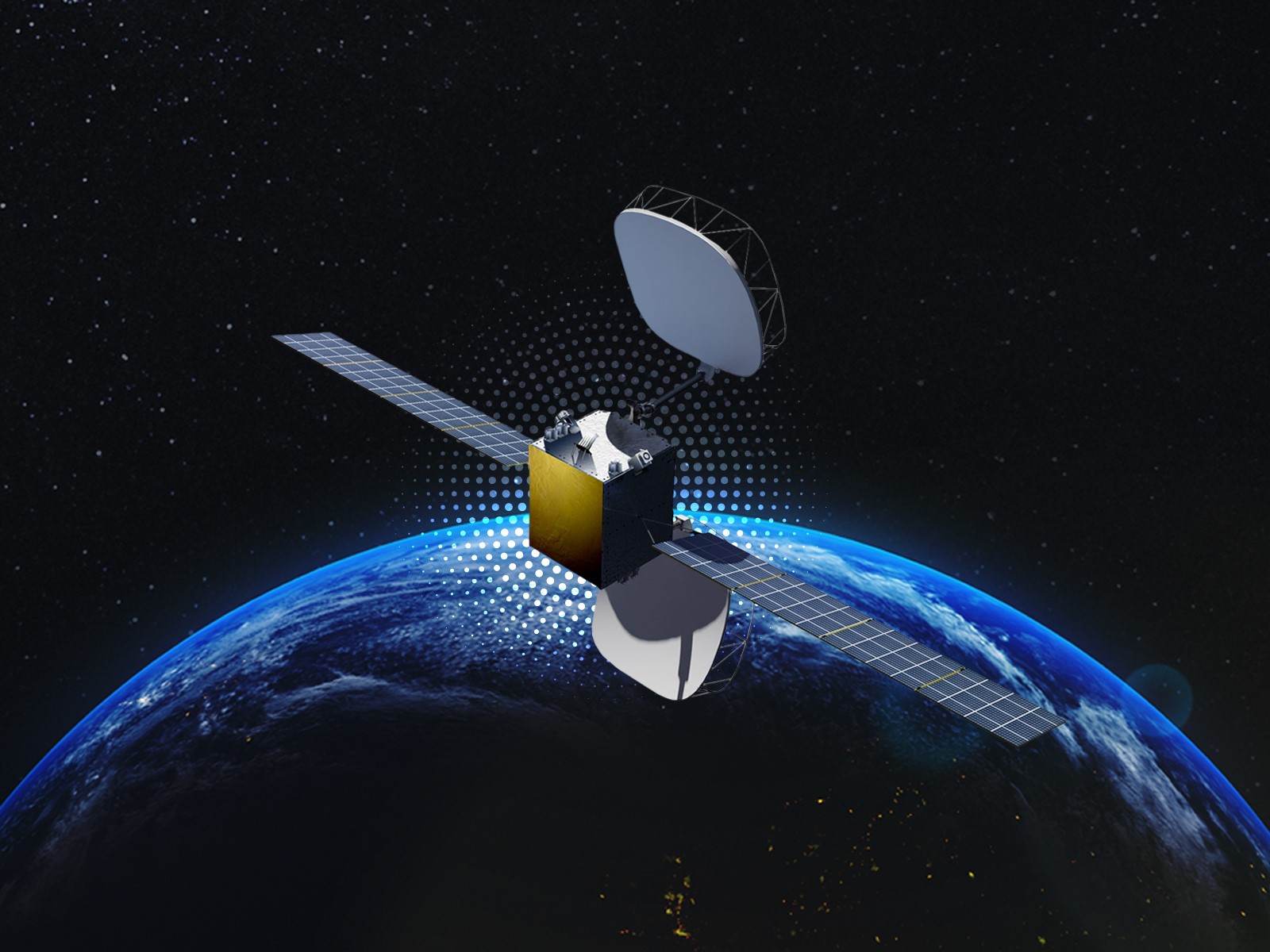
Swissto12 has sold its first small satellite to Intelsat for a launch in 2025. Intelsat 45 (IS-45) will be based on Swissto12’s HummingSat satellite platform. At about the size of a dishwasher, HummingSats are one-tenth the size of conventional GEO satellites.
Cygnus solar array fails to deploy
Original Publication Date: 2022-11-08 00:35
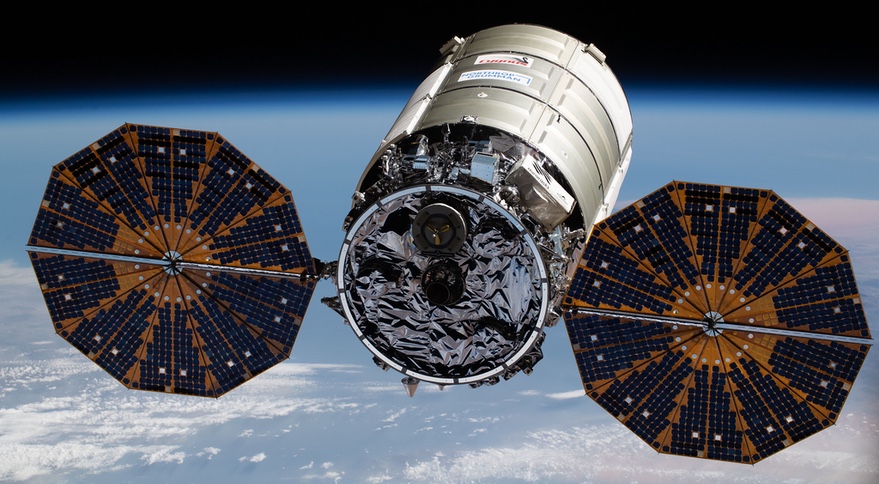
NASA is weighing whether it is safe for a Cygnus spacecraft to approach the International Space Station. One of two solar array failed to deploy hours after launch Nov. 7. NASA said it was “assessing” that information. Northrop said Cygnus had sufficient power to rendezvous with the station as planned.
Virgin Orbit says U.K launch licensing taking longer than expected
Original Publication Date: 2022-11-08 12:51

Virgin Orbit still expects to conduct the mission before the end of the year. Virgin Orbit once projected performing the launch this summer but delayed it several times. Virgin Orbit remains committed to a strategy of offering its air-launch system to other countries. Virgin Orbit recorded no revenue in the third quarter, which generated $30.9 million.
Astra lays off 16% to focus on spacecraft thrusters and new rocket
Original Publication Date: 2022-11-09 12:23
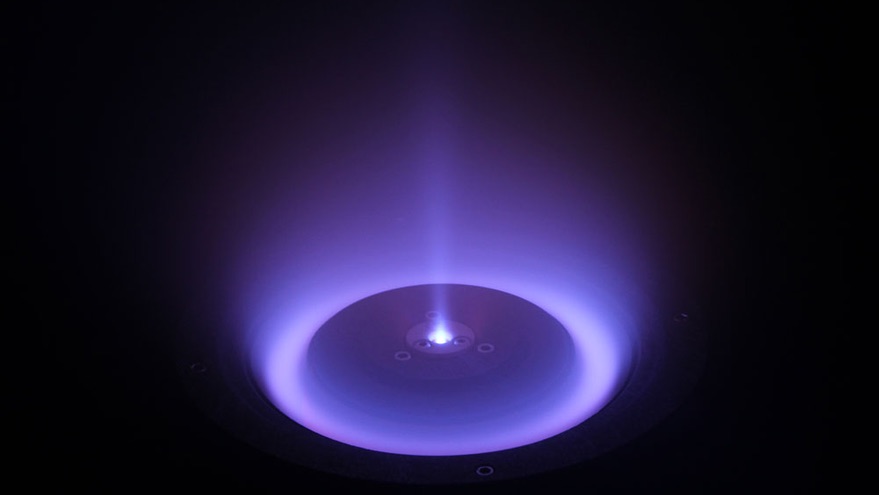
Astra Space is laying off one-sixth of its workforce. Company says move is needed to focus its resources on production of spacecraft electric thrusters. Company did not disclose how many people would be laid off. Astra announced in August that it was retiring the much smaller Rocket 3 vehicle.
ViaSat-3’s Falcon Heavy launch slips into early 2023
Original Publication Date: 2022-11-09 02:17
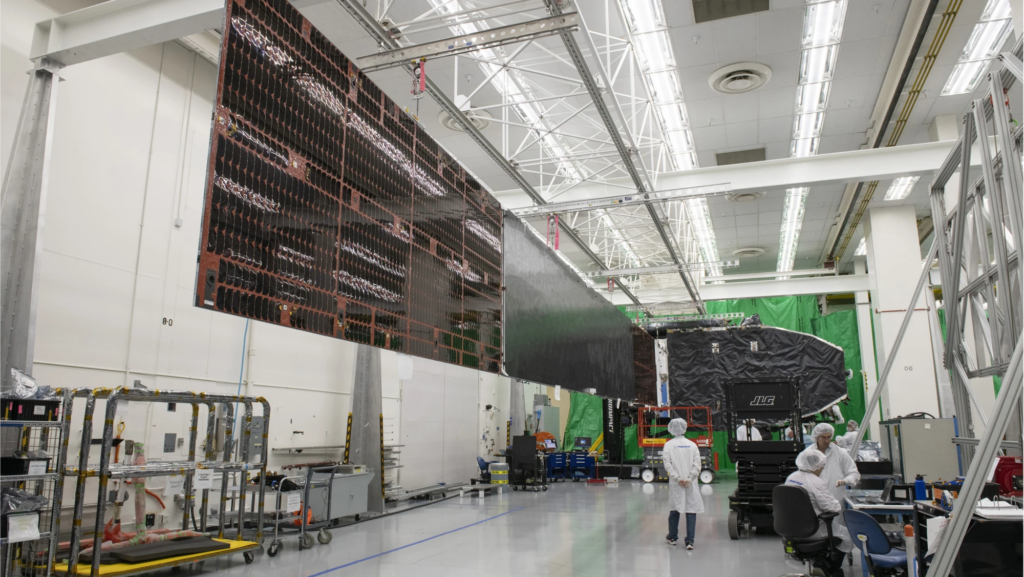
Viasat says its first ViaSat-3 broadband satellite will not be ready to launch on a SpaceX Falcon Heavy rocket this year. The operator now expects the satellite will be shipped from Boeing’s manufacturing facilities in California to SpaceX’s launchpad in Florida in time for a launch in the first quarter of 2023. It marks the latest delay for Viasat’s next-generation constellation of three ViaSat-3 satellites.
Tropical storm delays next Artemis 1 launch attempt
Original Publication Date: 2022-11-09 00:30
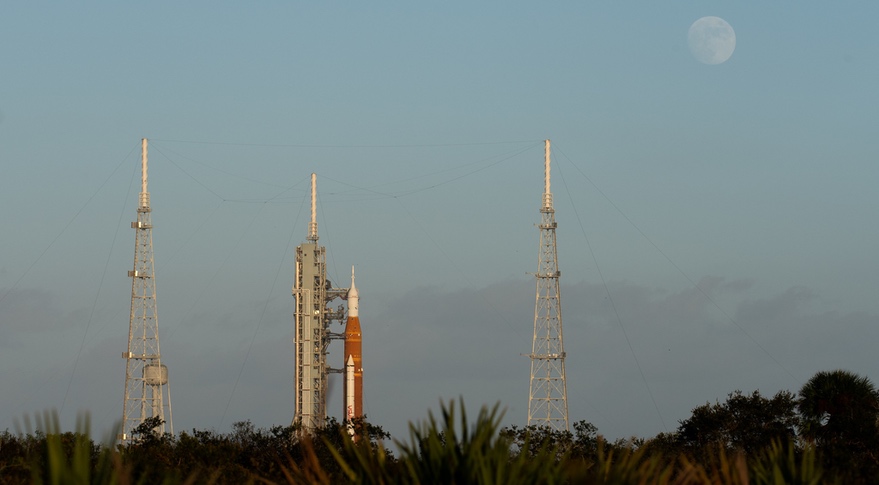
NASA postpones next Artemis 1 launch attempt by at least two days. Move comes as a tropical storm, forecast to become a hurricane, approaches the Florida coast. NASA will keep SLS on the pad at Launch Complex 39B, where it rolled out early Nov. 4. The SLS is rated to withstand winds of up to 137 kilometers per hour.
Telesat buys in-orbit satellite to help cover Anik F2 shortfall
Original Publication Date: 2022-11-08 20:42
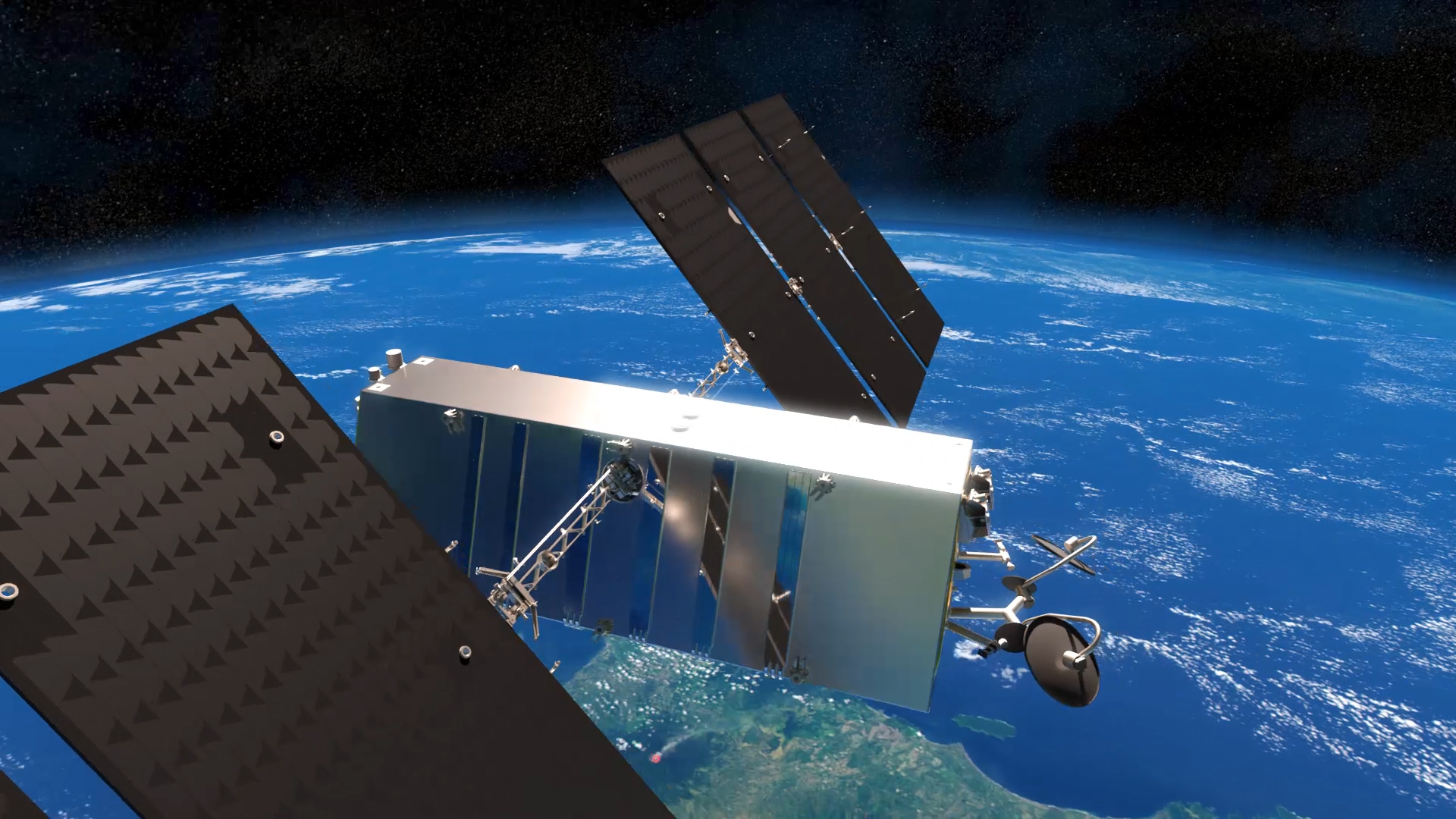
Canada's Telesat is relocating an in-orbit C-band satellite it bought from another operator. Anik F2 will be moved into inclined orbit after using up fuel faster than expected. Telesat had warned in August that it could lose around 33% of the revenues.
First launch of NASA’s Artemis moon rocket slips to Nov. 16 – Spaceflight Now
Original Publication Date: 2022-11-08 00:00
NASA is keeping the moon rocket at Launch Complex 39B as Tropical Storm Nicole moves toward Florida’s east coast. The Artemis 1 moon rocket is being prepared for its next launch attempt to begin a long-delayed unpiloted test flight with NASA’s human-rated Orion spacecraft. The two-hour launch window on Wednesday, Nov. 16, opens at 1:04 a.m. EST (0604 GMT)
NASASpaceFlight.com
OneWeb launches 36 satellites aboard India's GSLV Mk.III rocket. Mission marks the first commercial launch for the GSLV rocket. Launch took place at 12:07 AM local time on Sunday, Oct. 23 (18:37 UTC on Saturday, Oct. 22)
Commercial Archives
Rocket Factory Augsburg has revealed the second stage for its upcoming RFA ONE rocket. The company’s tweet showed a second stage, integrated with a Helix engine. This engine will power both the first and second stages. NASASpaceflight spoke to RFA about the reveal and RFA’s test campaign for the second stage pathfinder.
International Archives
Rocket Factory Augsburg has revealed the second stage for its upcoming RFA ONE rocket. The company’s tweet showed a second stage, integrated with a Helix engine. NASASpaceflight spoke to RFA about the reveal and RFA’s test campaign for the second stage pathfinder.
ISS Updates – Spaceflight101 – International Space Station

A veteran NASA spacewalker and an EVA rookie from Japan ended their week with nearly six hours of work outside the International Space Station. The restoration of the Station’s Mobile Servicing System started last year and continued in January to provide Canadarm2 with a new pair of grappling hands.
Featured – Spaceflight101

SpaceX Falcon 9 takes to the skies over Florida’s Cape Canaveral Monday afternoon. Falcon 9 will lift a flight-proven Dragon spacecraft into orbit for a critical delivery of science gear, supplies and maintenance hardware. This is the first of at least six cargo ships inbound to the U.S. Segment of ISS this year.
News – Spaceflight101

Russia's Rockot booster is set to blast off from the Plesetsk Cosmodrome at 17:57 UTC with the Sentinel-3B multi-function satellite. The rocket will carry the multi-function Sentinel-3B satellite into space. The launch is scheduled to take place on Wednesday.
Re-Entry: Long March 11 Rocket Body – Spaceflight101

The CZ-11 fourth stage used leftover propellant for a partial de-orbit maneuver, lowering its perigee to 120 Kilometers. It is reportedly built around a YF-50 main engine and in a nominal mission conducts the orbital circularization after the three CZ-11 stages finish their job.
Satellites Help Scientists Track Dramatic Wetlands Loss in Louisiana

NASA-funded researchers quantified those wetlands losses at nearly 21 square miles (54 square kilometers) per year since the early 1980s. Some of those wetlands were submerged by rising seas; others were disrupted by oil and gas infrastructure and hurricanes. But the primary driver of losses was coastal and river engineering.
As Psyche Mission Moves Forward, NASA Responds to Independent Review

NASA and Jet Propulsion Laboratory respond to independent review board's findings. Board found imbalance between workload and available workforce at JPL. NASA will work closely with JPL management to address the challenges raised in the report. Board will meet again in spring 2023 to assess progress.
NASA to Discuss Psyche Independent Review Board Results
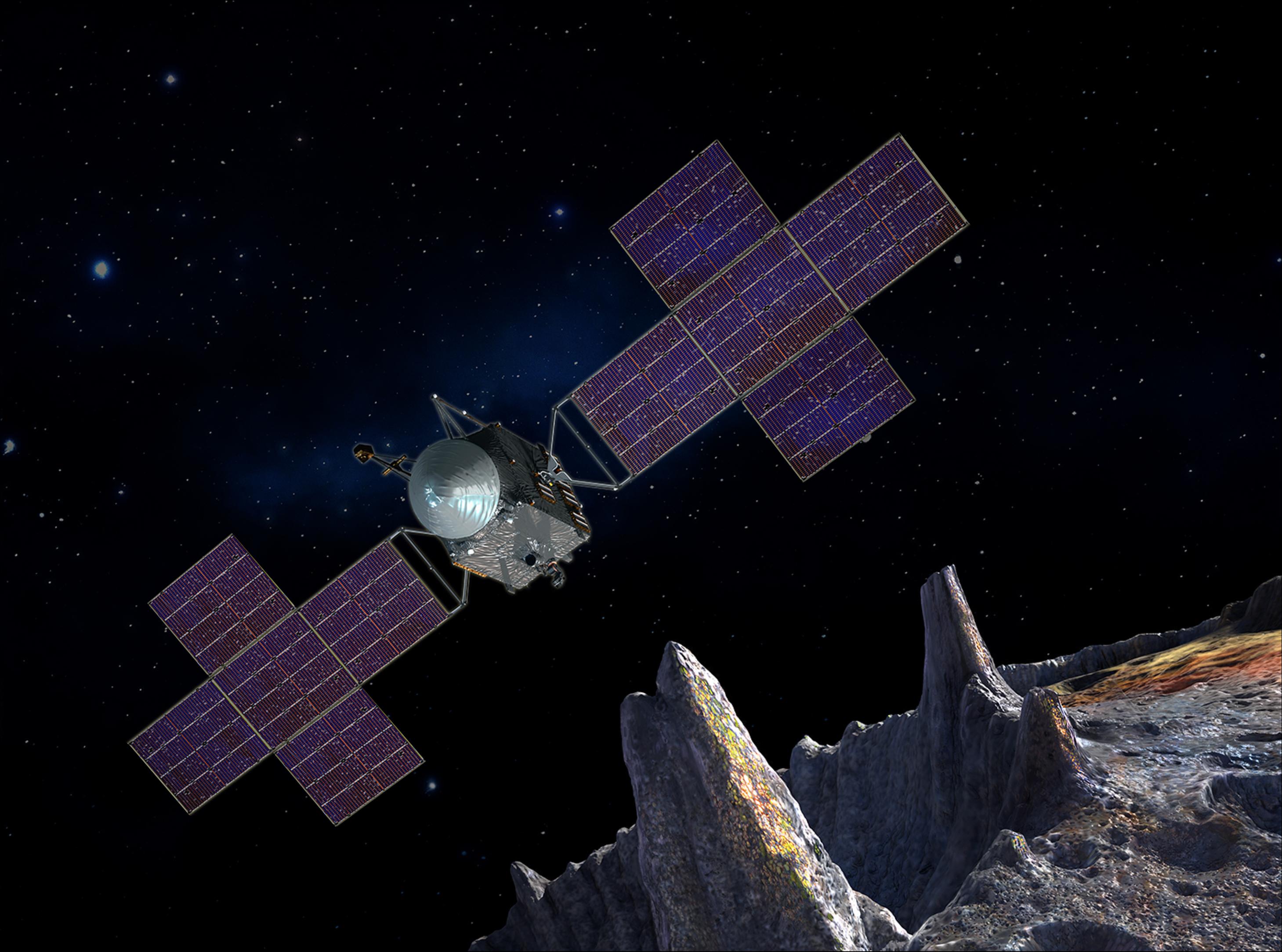
NASA will host a community town hall at 12 p.m. EDT (9 a.m. PDT) on Friday, Nov. 4. Members of the science community, academia, media, and public, are invited to join the discussion online. Following the town hall, NASA will host a media call.
NASA Prepares to Say ‘Farewell’ to InSight Spacecraft

InSight’s seismometer has detected more than 1,300 marsquakes since the lander touched down in November 2018. The lander data has yielded details about Mars’ interior layers, its liquid core, the surprisingly variable remnants beneath the surface of its mostly extinct magnetic field.
NASA Solar System Ambassadors: Sharing the Science for 25 Years

NASA’s Solar System Ambassadors Program is celebrating its 25th anniversary in fall 2022. The program is funded by NASA’s Science Mission Directorate and is managed by NASA’’s Jet Propulsion Laboratory in Southern California. In the spirit of a genuine grassroots endeavor, the Solar System Ambassadors program was originally called the Galileo Ambassador Program.
Haunting Portrait: NASA’s Webb Reveals Dust, Structure in Pillars of Creation

The Pillars of Creation is set within the vast Eagle Nebula, which lies 6,500 light-years away. This scene was first captured by NASA’s Hubble Space Telescope in 1995 and revisited in 2014. As a result of the new MIRI image, astronomers now have higher-resolution data in mid-infrared light than ever before.
NASA’s Lunar Flashlight Ready to Search for the Moon’s Water Ice

Lunar Flashlight will be the first mission to use a four-laser reflectometer to look for water ice on the Moon. The reflectometer works by using near-infrared wavelengths that are readily absorbed by water to identify ice on the surface. It’s thought that molecules of water come from comet and asteroid material impacting the lunar surface, and from solar wind interactions with the lunar regolith.
